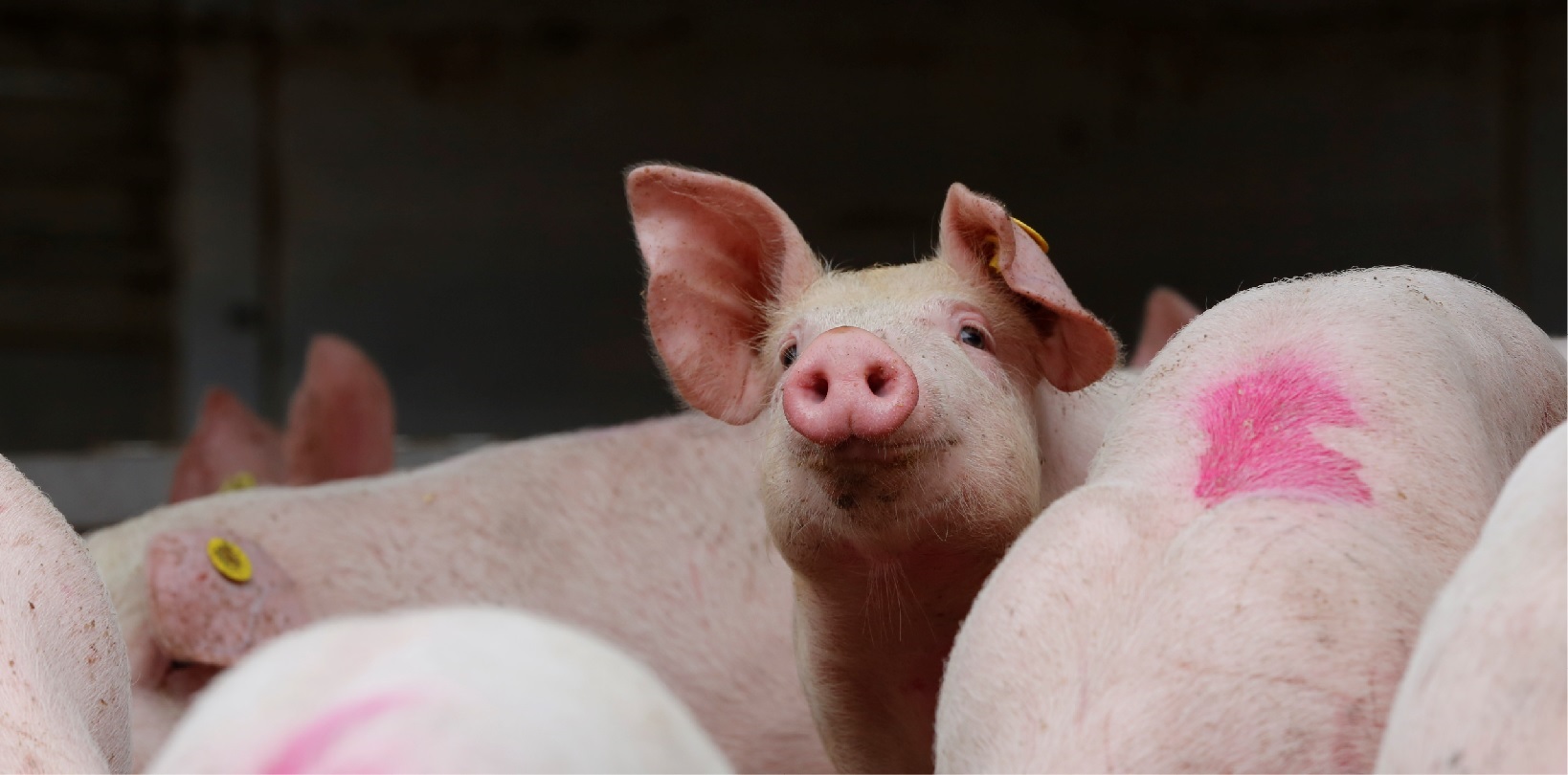Curious about the experiences of pig farmer De Vries?
At birth, all piglets receive an electronic ear tag, which are electronically connected to the litter. In this way, the piglet is automatically linked to the father and mother and we can make as many analyses as possible later on in the process. First our goal was to trace the 10% of animals which yield the least at slaughter. With this important information I had the opportunity to heavily reduce the failure costs in my farms. Once that group was in the picture, we successfully adjusted management, within the possibilities that existed.
Link slaughter data to RFID numbers
At our sow farm we work batch wise: every three weeks all piglets are born within a few days. The registration of the piglets is then the crucial moment, which has to be done accurately. This costs little extra work; everything goes electronically and nothing needs to be written down. Also during transport, no extra handling is needed, as the entire production group is moved to the weaners/finisher farm. Because of the number of compartments in the truck, 4 to 5 litters need to be put together. Groups are then placed in two pens in the weaner departments.
Electronic links in one operation
After more than six weeks we move 50% heaviest piglets per pen to the finishers. The remaining piglets are moved two weeks later, of course in two separate departments. In this way we only bring the boars together after weaning and after that they are never mixed again. After more than hundred days it is time to deliver the animals. During the loading of the finishers, the electronic link is made between the RFID number entered on the first day and the (now still mandatory) slaughter tag. An operation that hardly takes any extra time for the driver who tags the pigs; it is done in one operation when the slaughter tags are inserted. The data that is captured in the smartphone must be exchanged afterwards, to be able to make analyses of all the animals delivered and connected slaughter data later.
Remarkable findings
Since we have been working this way, a number of things have been noticed. Of course we knew that the piglets with the lowest birth weight grow the slowest. By leaving them together with their litter, the difference in delivery weight has decreased considerably. For example, when you give the offspring of first-litter sows the same feeding program as the other animals, they grow 35 grams per day slower than the offspring of older sows. But from the moment the offspring of first litter sows are later switched to the next diet, this difference has been reduced to 15 grams lower life growth per day. Twenty grams in 180 days is 3.6 kg higher delivery weight. Yet a significant improvement in about 20% of the animals.
Choice of terminal boar
At our company we do numerous offspring tests with several breeds of terminal boars. In these cases well, there are considerable differences in slaughter yield and life growth. Because AgriSyst links all slaughter data to the data within PigExpert, the herd management system we use at the sow farm, we are able to do a complete assessment of our production. It allows us to assess the performance of breeding in combination with the fattening pigs results. This makes management control nearly perfect!
I love my job!
My way of working is not much different than before. We always had a strict working method: moving animals on fixed days and loading fattening pigs at fixed times, nothing has changed. However, I have become even more precise in keeping the groups of animals together. Because of this working method, both health and labour costs are low and the conversion of the feed by the animals is great. That's why it is today an even greater pleasure to walk through our barns!
New opportunities
A next step may be the data capturing of all animals that died, so we can better focus on those. There are always new opportunities that we discuss with our team: the veterinarian, the feed consultant and the staff of the sow farm. For me this is a great and relaxed way of working. Through all the information, I am able to improve process management and we use the collected data to apply small management changes in the barn. Ultimately, all investments lead to improved returns.
Big Data, Track & Trace
I see added value of Big Data. One could implement a full track & trace system of pork. All life stages of the animal are visible, from birth to delivery, everything can be traced. A market demand for this will certainly emerge, we are ready today. Since everything is digital, all you need is a handheld reader!
PS: In Great-Britain and Germany, AgriSyst is involved in several projects where electronic ear tags are being used on a large scale.

